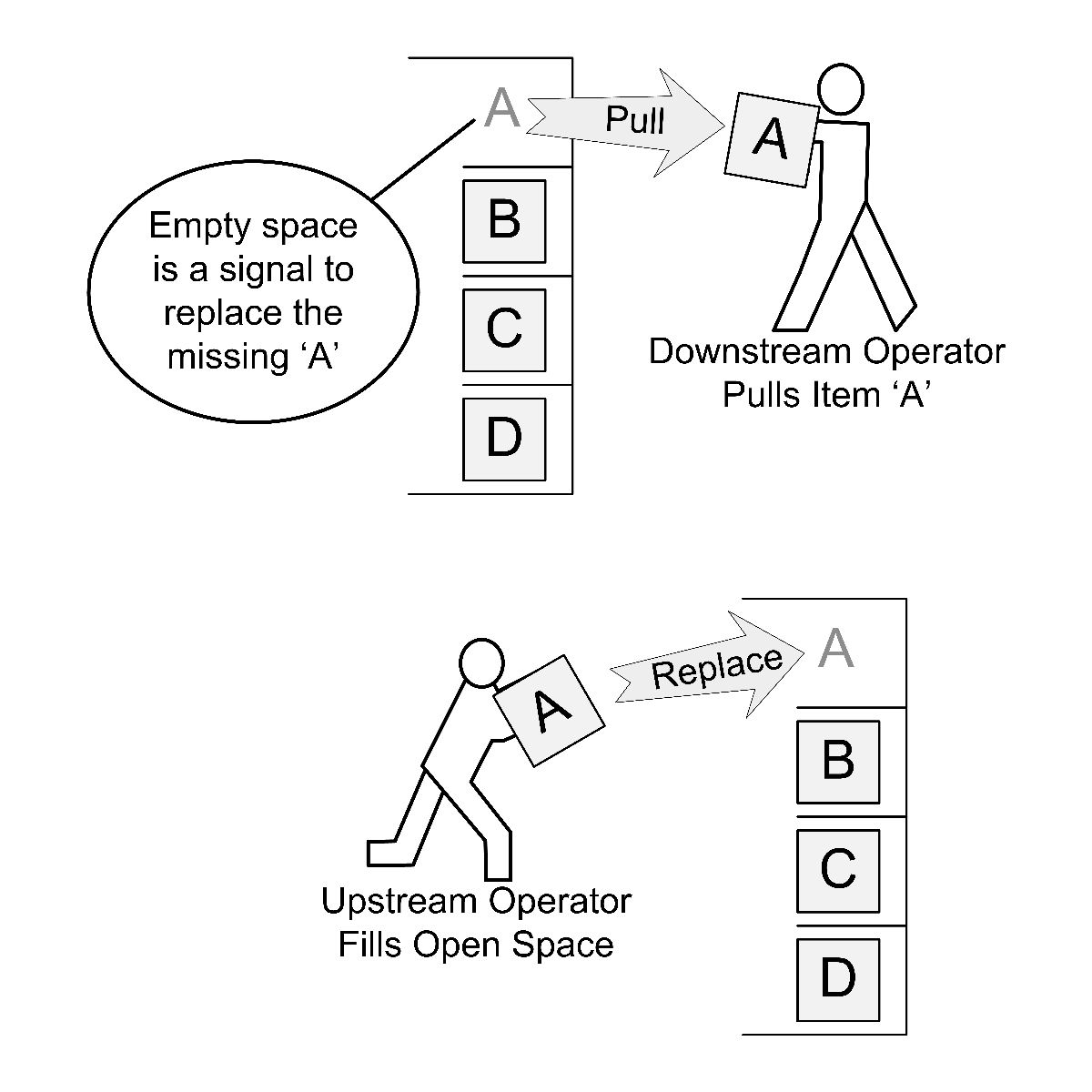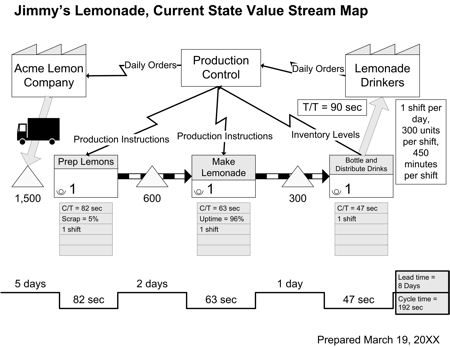Visual Control
A visual control builds on 5S. It uses organization and standardization to make an abnormal condition stand out. In a Lean environment it does three things: A visual control shows the current condition quickly. A visual control shows what the standard is quickly. A visual control links to an action. Simply put, visual controls helps Lean companies make quick, pre-planned decisions without guesswork. As an example…A visual control is often used to highlight an abnormal Read more…

